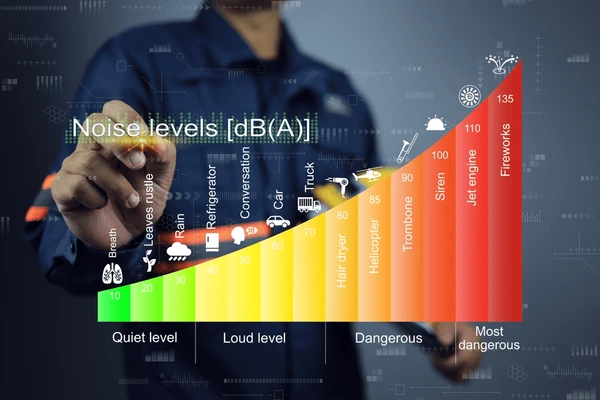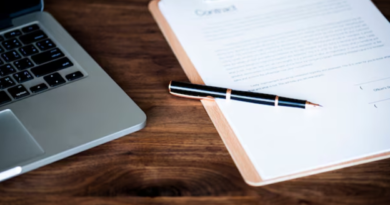What Is a Decibel Chart? A Comprehensive Guide
Understanding sound levels is crucial for protecting our hearing and maintaining a safe environment. A decibel chart is a useful tool that helps visualize different noise levels and their potential impact on our ears. In this guide, we’ll explore what a decibel chart is, how it works, and why it matters.
What Is a Decibel?
A decibel (dB) is a unit of measurement used to express the intensity of sound. Since the human ear perceives sound logarithmically, the decibel scale is not linear. This means that an increase of 10 dB represents a tenfold increase in sound intensity.
For example:
- 30 dB – Whispering or a quiet library
- 60 dB – Normal conversation
- 85 dB – Heavy traffic, which can cause hearing damage with prolonged exposure
- 100 dB – Chainsaw or loud music
- 120 dB – Rock concerts or thunderclaps, which can cause immediate discomfort
- 140+ dB – Fireworks or jet engines, leading to potential hearing loss
How Does a Decibel Chart Work?
A decibel chart visually represents the different sound levels encountered in daily life. It provides a reference point for understanding when noise exposure becomes hazardous and helps individuals take the necessary precautions.
Why Is a Decibel Chart Important?
- Hearing Protection – Prolonged exposure to sounds above 85 dB can cause noise-induced hearing loss. A decibel chart helps identify dangerous sound levels.
- Workplace Safety – Industries like construction and aviation require monitoring sound exposure to protect workers.
- Personal Awareness – Everyday activities like listening to music at high volumes can damage hearing over time.
Tips for Managing Noise Exposure
- Use ear protection in loud environments.
- Limit exposure to high-decibel sounds.
- Monitor sound levels using smartphone apps.
- Follow the 60/60 rule for headphones—keep volume below 60% and listen for no more than 60 minutes at a time.
Conclusion
A decibel chart is an essential tool for understanding sound intensity and preventing hearing damage. By recognizing hazardous noise levels and taking proactive measures, we can safeguard our hearing and enjoy a healthier auditory experience.




